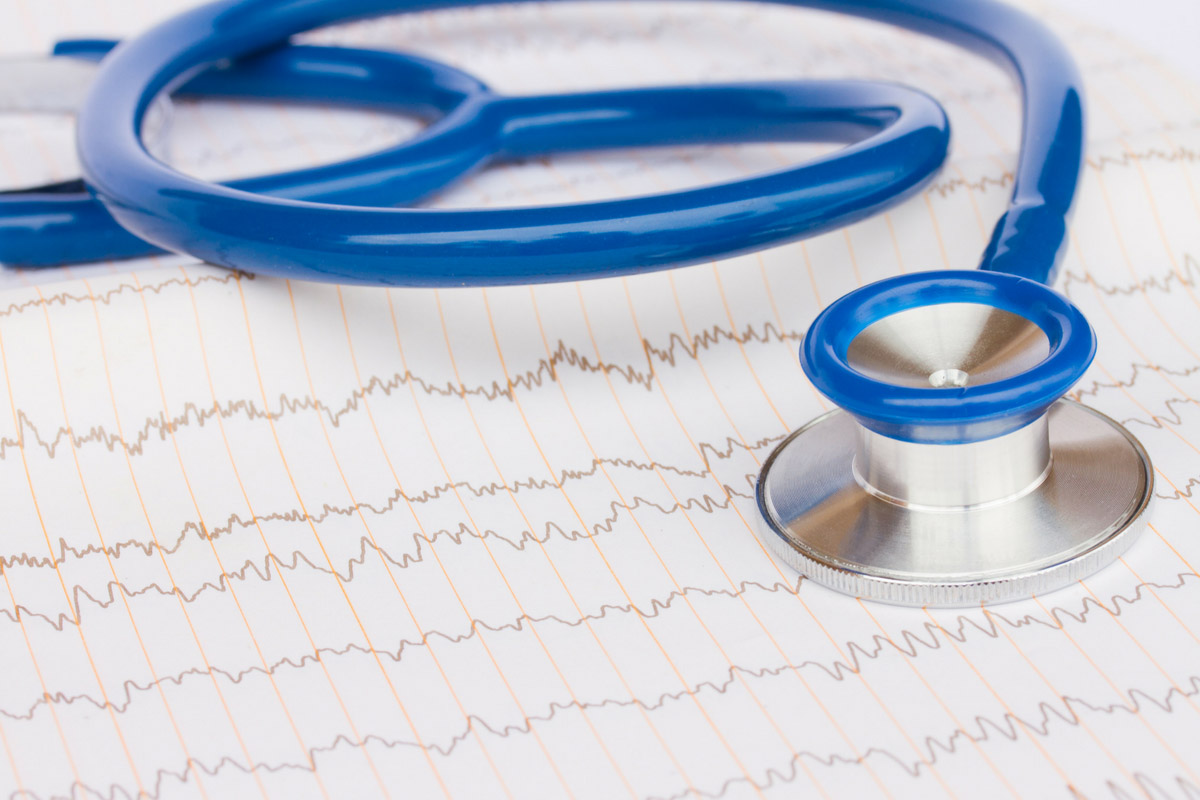In the second half of 2016, over 180 million medical devices were recalled. Whether you’re a manufacturer of medical devices, a patient who is using one, or a healthcare practitioner, this fact brings one word to mind: scary.
The effects of a faulty device design making it to market without being fully tested can be devastating. The manufacturer may be subject to thousands of lawsuits. And the patients who it was used on may pay the ultimate price. No one wins. In many of these recall cases, the absence of Human-Centered Design during the product’s design and development caused the failure.
The facts don’t lie.
Take the case of a poorly-designed glucose meter display that has recently been recalled. This meter showed patients readings such as “2.2,” but the square decimal point was so tiny and close to the first “2” that many patients had a hard time seeing it. Some ended up reading the number as “22” and thought that their blood glucose levels were ten times higher than they actually were. They then adjusted their insulin injections to much higher levels than needed. Having too much insulin can result in severe hypoglycemia, diabetic coma, and even death.
Now, if Human-Centered Design practices had been comprehensively applied from the start, simple usability testing would have caught this flaw before the device was made available to the public. Patients wouldn’t have suffered.
Coming soon: The Expanded Abbreviated 510(k)
In order to legally sell a medical device in the U.S., manufacturers must have the device cleared by the Food and Drug Administration (FDA). The only exception to this rule is if the device is deemed exempt by the FDA. There are two ways that a company can seek approval to sell a medical device. The first is known as Premarket Approval (PMA). PMA requires clinical and laboratory studies to ensure that the device is both safe and effective. The second way is through the FDA’s 510(k) Premarket Clearance Program.
Last April, the FDA proposed to streamline its 510(k) Premarket Clearance Program with what it calls an Expanded Abbreviated 510(k). This would allow manufacturers to compare how some moderate-risk medical devices perform to criteria identified by the FDA rather than comparing them to previous device designs. In other words, a manufacturer can save time and money by eliminating testing and clinical trials if they can prove that their device is very similar to one that has already been FDA-approved. FDA Commissioner Scott Gottlieb said that this would be “a more efficient and less burdensome option to demonstrate that certain new devices are substantially equivalent to ones already on the market.”
The FDA has yet to release guidance documents for each device type, which has left many in the industry voicing their concerns. However, the FDA has stated that they plan to keep a list of eligible devices as well as information about applicable performance criteria and testing methods on their website.
How can medical devices be made safer for patients?
Richard A. Bankowitz, chief medical officer of America’s Health Insurance Plans (AHIP), feels that the original 510(k) Premarket Clearance Program already has patient safety issues. He worries that the proposed updates would make them worse: “Given that complex medical devices are currently entering the market through the 510(k) process without a comprehensive clinical evaluation of their safety and effectiveness, we do not believe the existing process strikes the most appropriate balance between innovation and safety,” he said.
There are many in the industry who feel the same way. Not only that, but the public is becoming very concerned as well. Last month Netflix released a terrifying documentary called The Bleeding Edge, which “examines the medical device industry responsible for products such as hip implants and robotic surgeons, through the lens of five products that have wreaked havoc on the lives of thousands.” This documentary puts much of the blame on the 510(k), claiming that it isn’t stringent enough.
Of course, the 510(k) does have human factors requirements that companies must meet. We see the issue not so much as stringency, but as implementation. You see, when designing a medical device, it’s often very challenging for designers to implement a strategy within their existing engineering and product development plan that satisfies the FDA’s human factors requirements without introducing risk to cost and schedule. That’s exactly where we come in.
Cue the experts.
As Human-Centered Design experts, we help medical device designers, along with their company’s business strategists and engineers, work as a team. We make Human-Centered Design the overall business strategy. Human-Centered Design must play a major role in the design process if medical devices are to succeed. After all, designing a successful medical device begins and ends with the user. Safety and usability mean everything. Human factors assessments need to be done continually throughout the product’s development to ensure that the device works as it should for users in all types of environments. If these things don’t happen, there is a good chance that the product will fail.
Historically, courts have made it much easier for patients to file lawsuits against manufacturers of medical devices who have passed 510(k) reviews compared to those who have passed PMA. This is just another reason why consulting with Human-Centered Design experts is key when developing medical devices. As a manufacturer, you want to make certain that your device is safe and effective for everyone… because a patient who uses it doesn’t want to end up as a statistic, and neither does your company.


